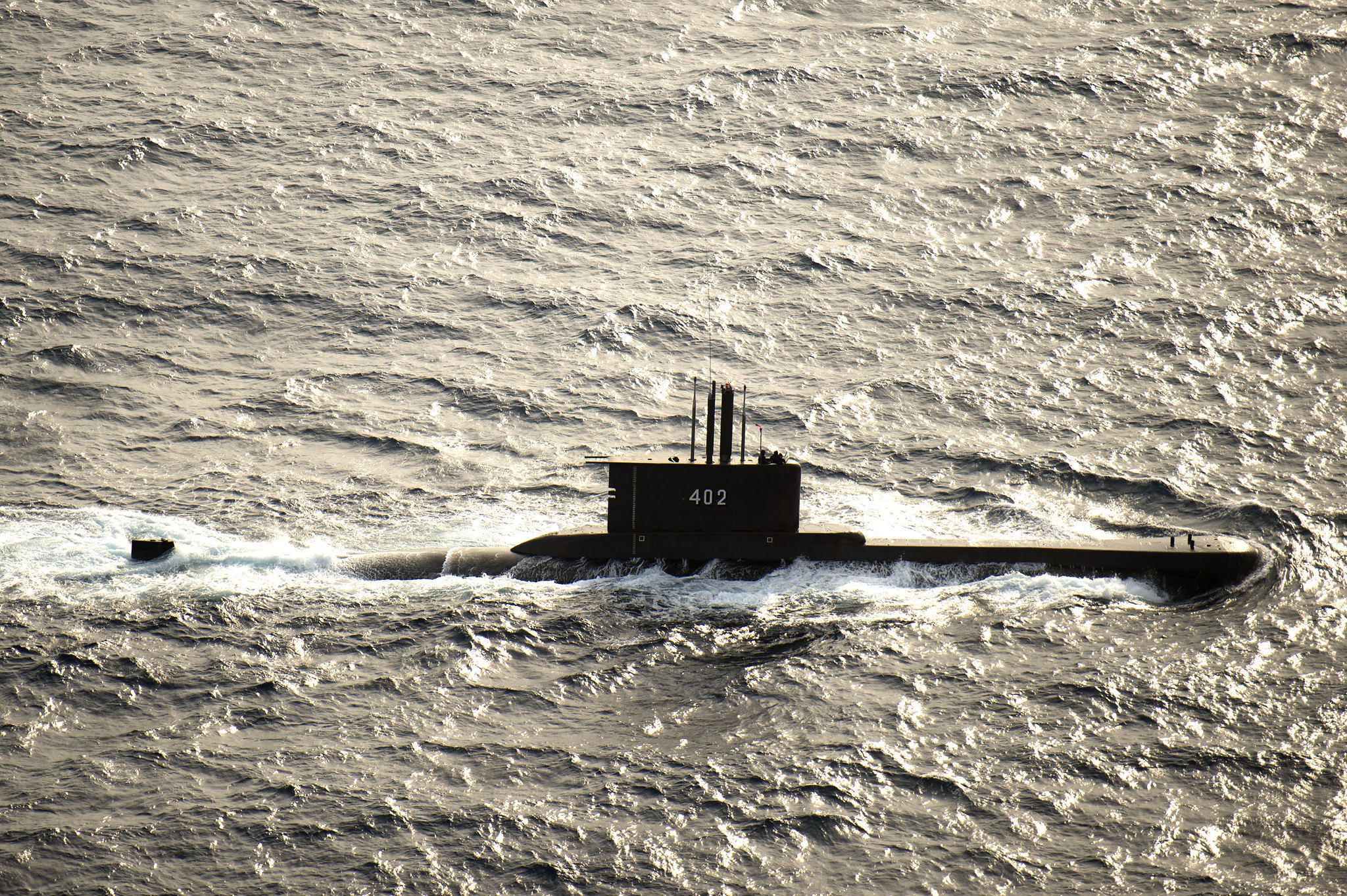None of the 53-man crew of the missing Indonesian submarine KRI Nanggala-402 have survived its sinking. The vessel has been located at a depth of 838 metres where it has broken into three parts. The Indonesian navy says underwater currents may have caused the tragedy.
Indonesian President Joko Widodo conveyed his condolences on Sunday to the families of the 53-man crew of the missing submarine: ‘All Indonesians express our deep sorrow over this tragedy, especially to the families of the crew,’ the president announced. The KRI Nanggala-402 disappeared on Wednesday 21 April during an exercise some 95 kilometres off the coast of Bali.
It was announced on Saturday that suspected wreckage from the submarine had been found. The oxygen supply on board ran out that same day. There was therefore no hope of finding any survivors.
Also read: Debris of missing Indonesian submarine found
Broken apart by water pressure
Chief of the Indonesian Naval Staff Admiral TNI Yudo Margono explained that the vessel had been located on Sunday by the naval vessel KRI Rigel-933 through multibeam echosounder. The submarine support and rescue vessel (SSRV) Swift Rescue, operated by the Republic of Singapore Navy (RSN), then lowered a remotely operated vehicle (ROV) to get closer to the submarine.
The video obtained by the Swift Rescue reveals the KRI Nanggala-402 was split into three parts at a depth of 838 metres. According to the navy, this means it is very unlikely that the crew of the submarine could have been saved.
The submarine was built to dive to a depth of 500 metres. The submarine was probably broken open by the water pressure.
In addition to Singapore, Indonesia received help in the search from Malaysia, Australia and other countries as well.
Underwater current
According to the authorities, the 44-year-old submarine was seaworthy. During a press conference on Tuesday 27 April, the assistant for planning and budgeting of the Indonesian navy, Kasal Laksda Muhammad Ali, said that they suspect natural factors to have caused the accident. He explained that when a submarine dives, the most influential factor are the underwater currents.
‘There is also a natural factor called an internal solitary wave,’ said Muhammad Ali. ‘Based on information from several experts and oceanographers, this underwater current is strong enough to pull vertically. This causes the ship to sink faster than usual and this is something to be aware of.’
He also said that Japan’s Himawari-8 satellite and European Sentinel satellite measured such an internal wave in the area on 21 April. According to the Indonesian naval officer, there is not much a crew can do when it is hit by such a wave, even when they are at their respective combat posts.
Also read: Missing Indonesian submarine’s crew has oxygen until Saturday
Source (in part): ANP
Picture by U.S. Pacific Fleet/Flickr.








